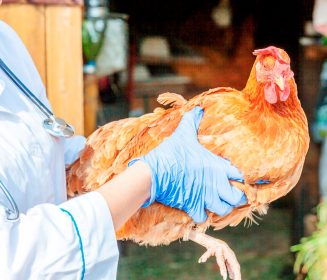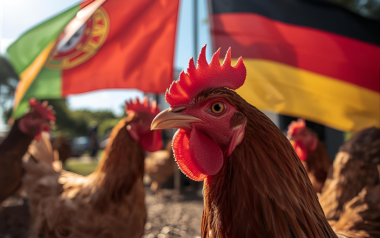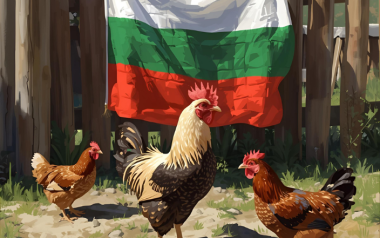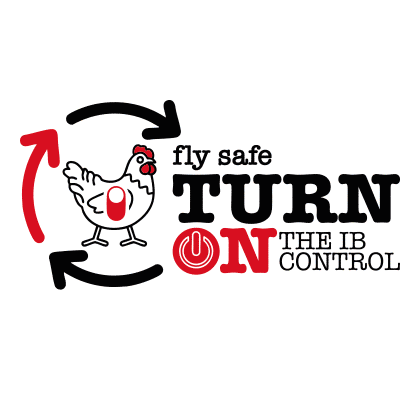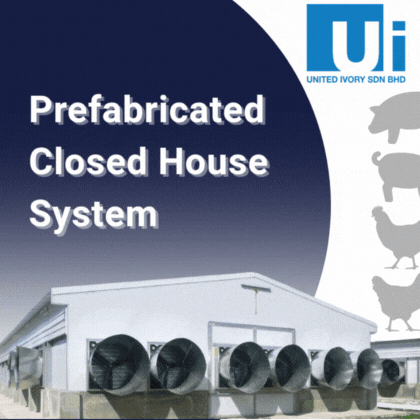Sources: Available upon request
26 Jul 2024
Biosecurity measures to control Gumboro disease in poultry farms
Infectious Bursal Disease (IBD), colloquially known as Gumboro disease, poses a significant threat to poultry production worldwide. Caused by the IBD virus (IBDV), this acute viral infection primarily affects young chickens, including broilers and pullets.
Infectious Bursal Disease (IBD), colloquially known as Gumboro disease, poses a significant threat to poultry production worldwide. Caused by the IBD virus (IBDV), this acute viral infection primarily affects young chickens, including broilers and pullets. The virus infects immature B lymphocytes in the bursa of Fabricius located in the cloacal region of chickens, causing immunosuppression, secondary infections associated with opportunistic pathogens, decreased responses to vaccine programs and increased clinical reactions to live attenuated vaccines.
Effective biosecurity practices are essential to prevent and manage IBD outbreaks. In this comprehensive article, we delve into key biosecurity measures that poultry farmers can implement to safeguard their flocks.
- Creating a clean area
- Farm segregation:
- Establish an epidemiological unit by separating the external and internal areas of the farm. Use walls or wire fences to delineate these zones.
- Strictly control access to the farm. Employees and visitors should adhere to biosecurity protocols, including showering and wearing farm-specific personal protective equipment (PPE).
- Pay attention to potential contamination sources, such as hands, boots, and dust around entry points.
- Preventing vector entry
- Rodents and insects:
- Rodents (rats and mice) and insects (darkling beetles, flies) can act as dynamic vectors for IBDV.
- Place rodenticide bait approximately every 10 meters around the poultry house, office, and other critical areas.
- Implement insect control measures to manage flies, which are attracted to feed (especially red and yellow feed).
- Litter management
- Effective litter practices:
- Properly manage litter to reduce the risk of IBDV transmission.
- Regularly clean and disinfect the litter area.
- Consider using litter amendments or additives to enhance biosecurity.
- Cleaning and disinfection protocols
- Surface hygiene:
- Use effective cleaning compounds to remove biofilm from surfaces.
- Regularly disinfect all surfaces, including equipment, to minimize viral particles.
- Focus on high-touch areas such as feeders, waterers, and egg belts.
- Ground disinfection
- Comprehensive floor disinfection:
- Disinfect the entire floor area of the poultry house to break the IBDV cycle.
- Use appropriate disinfectants and follow recommended dilution rates.
- Pay special attention to corners, edges, and areas where birds congregate.
- Vaccination strategy
- Tailored vaccination programs:
- Work with veterinarians to design a vaccination program specific to your farm’s needs.
- Vaccinate breeders and their progeny to protect their immune systems.
- Monitor vaccine efficacy and adjust protocols as necessary.
Conclusion
Controlling Gumboro disease requires a holistic approach that combines biosecurity, vaccination, and management practices. By diligently implementing these measures, poultry producers can minimize the impact of IBD and maintain healthy flocks. Remember that ongoing vigilance and continuous improvement are essential for long-term success.






